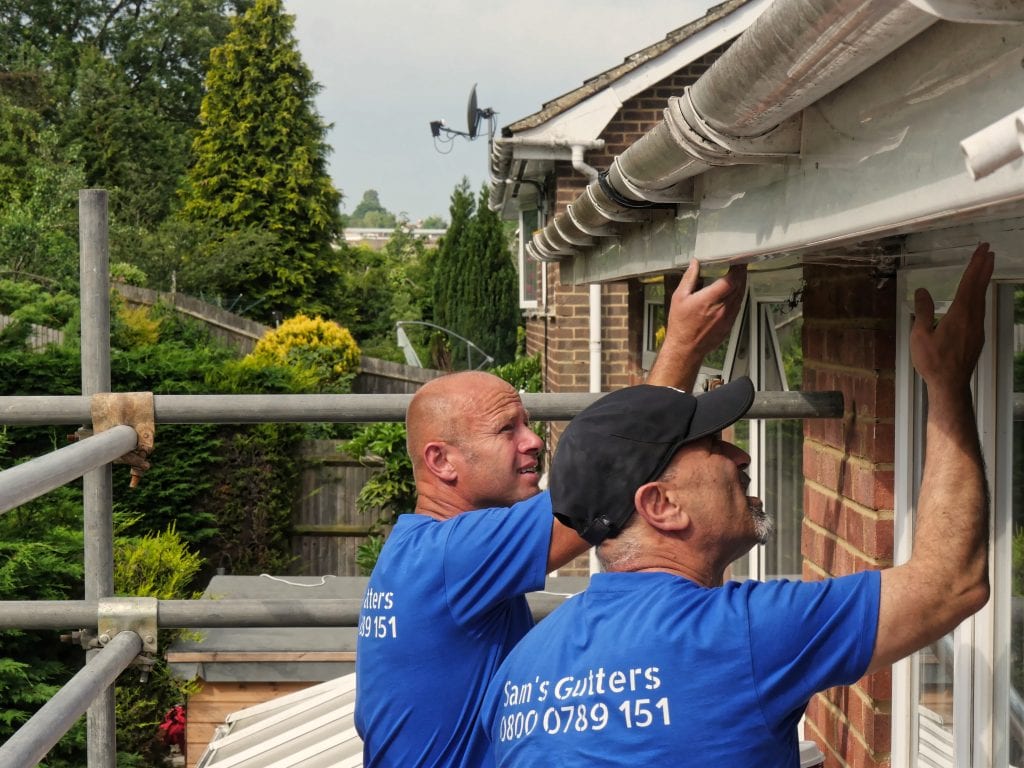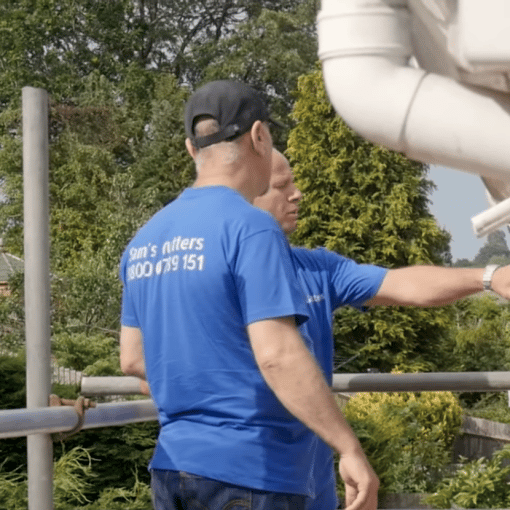Comprehensive Guide to Roofing and Gutters: Apex to Verge Capping

Introduction
Your home’s roof and gutter system play a crucial role in protecting your property from the elements. Understanding the various components and terminology associated with roofing and gutters can help you make informed decisions about maintenance, repairs, and upgrades. In this comprehensive guide, we will cover everything from apex balloons to verge capping, providing you with an in-depth understanding of the essential aspects of roofing and gutter systems.
1. Apex and Balloon
An apex is the highest point of a roof, often found where two sloping sides meet. A balloon, on the other hand, refers to an inflatable device that can be used to temporarily support the roof during installation or repairs. This ensures that the structure remains stable and secure while work is being carried out.
2. Barge Board and Bird Spikes
Barge boards are decorative boards attached to the gable end of a roof to protect and conceal the roof’s edge. Bird spikes can be installed on barge boards, gutters, and other areas to deter birds from landing and nesting, preventing damage to your roof and gutter system.
3. Fascia Bracket, Capping, and Cat Ladder
A fascia bracket is a supportive fixture used to attach gutters to the fascia, ensuring stability and proper alignment. Capping, also known as fascia capping, is a protective layer applied to the fascia board to shield it from weather damage. A cat ladder, or roof ladder, is a specialized ladder designed to provide safe access to the roof for maintenance and repair work.
4. Cement, Cement Fillet, and Chimney Cowl
Cement is a vital component in roofing, often used to create a cement fillet or cement base at the junction of the roof and a vertical surface like a chimney. A chimney cowl is a cap installed on top of the chimney to prevent rain, debris, and animals from entering.
5. Cladding, Gutter Clip, and Downpipe
Cladding refers to the protective and decorative material applied to the exterior of a building, including the roof. Gutter clips secure gutters to the fascia, ensuring they remain in place during heavy rainfall or strong winds. Downpipes channel rainwater from the gutter system to the ground, preventing water damage to your property.
6. Eaves, Fibreglass Roof Covering, and Fibreglass Valleys
Eaves are the lower edges of the roof that overhang the building’s exterior walls. Fibreglass roof covering is a lightweight, durable, and waterproof material used for flat or low-pitched roofs. Fibreglass valleys, installed where two roof planes meet, help to direct water flow towards gutters and downpipes.
7. Gutter Extension, Fascia, and Flashing
A gutter extension, also known as a downspout extension, directs water away from your home’s foundation. Fascia is a horizontal board attached to the edge of the roof, serving both functional and aesthetic purposes. Flashing is a thin sheet of metal installed at roof joints, preventing water from seeping into the building.
8. Fascia Protector, Gable, Gully, and Gutter
A fascia protector shields the fascia board from weather damage, extending its lifespan. A gable is the triangular portion of a wall between the edges of a pitched roof. A gully is a channel that collects rainwater and directs it into the gutter system. Gutters are troughs that collect and divert rainwater from the roof to the downpipes.
9. Hedgehog, Hopper, and Joint
A hedgehog gutter brush is a cylindrical brush that fits inside the gutter, preventing leaves and debris from blocking the flow of water. A hopper is a receptacle connected to a downpipe, collecting water from multiple sources such as gutters and rainwater pipes. Joints in roofing and gutter systems refer to the points where two components connect, which must be sealed and maintained to prevent leaks and damage.
10. Lead Flashing, Lead Saddle, and Lead Soakers
Lead flashing is a durable, weather-resistant material used to seal joints in roofing and gutter systems. A lead saddle is a custom-shaped piece of lead installed at the intersection of a roof and chimney to create a watertight seal. Lead soakers are thin strips of lead placed between the roof covering and abutment flashing, helping to direct water away from the joint.
11. Masonry of the Wall, Lintel, and Lichen
The masonry of a wall refers to the bricks, stones, or blocks used to construct the wall. A lintel is a horizontal structural component that spans an opening in a wall, supporting the weight above it. Lichen, a combination of algae and fungi, can grow on roofs and walls, potentially causing damage over time.
12. Liquid Plastic, Mortar, and Moss
Liquid plastic is a waterproof, flexible coating applied to roofs as a protective layer. Mortar, a mixture of cement, sand, and water, is used to bond masonry and fill gaps in roofing. Moss growth on roofs can retain moisture, leading to damage and reduced roof lifespan.
13. Outlet Pipe, Party Wall, and Pointing
An outlet pipe is a component of the gutter system that connects the gutter to the downpipe, allowing water to flow from the gutter to the ground. A party wall is a shared wall between two adjoining properties. Pointing is the process of filling and finishing the joints between bricks or roof tiles with mortar, ensuring a watertight seal.
14. Render, Ridge, and Saddle
Render is a protective coating applied to exterior walls, providing a smooth or textured finish. The ridge is the highest point of a pitched roof where two sloping sides meet. A saddle is a metal or lead covering used to seal joints and protect vulnerable areas on a roof.
15. Scaffold, Scaffold Tower, and Sheathing
Scaffolding is a temporary structure used to support workers and materials during construction or repair work. A scaffold tower is a freestanding scaffold structure that provides access to higher areas of a building. Sheathing is a layer of boards or panels that cover the roof structure, providing a base for the roof covering.
16. Slate Rip, Soffit, and Ladders (T10, T12, T14, T16)
A slate rip is a specialized tool used to remove damaged or broken slates from a roof. The soffit is the underside of the eaves, which can be vented to allow airflow into the attic. T10, T12, T14, and T16 ladders are classifications of extension ladders, each with a specific weight capacity and length.
17. Tin Hat, Union, and PVC
A tin hat is a temporary protective cover installed over a roof during construction or repair work. A union is a connector used to join two sections of guttering. PVC, or polyvinyl chloride, is a popular material used for gutters and downpipes due to its durability, low maintenance, and affordability.
18. Verge and Verge Capping
The verge is the edge of a roof that runs from the eaves to the ridge. Verge capping is a protective covering installed over the verge to shield it from weather damage and create a neat, finished appearance.
A Better Understanding
Understanding the components and terminology associated with roofing and gutter systems is essential for homeowners to make informed decisions about maintenance, repairs, and upgrades. This comprehensive guide has covered everything from A to Verge.


